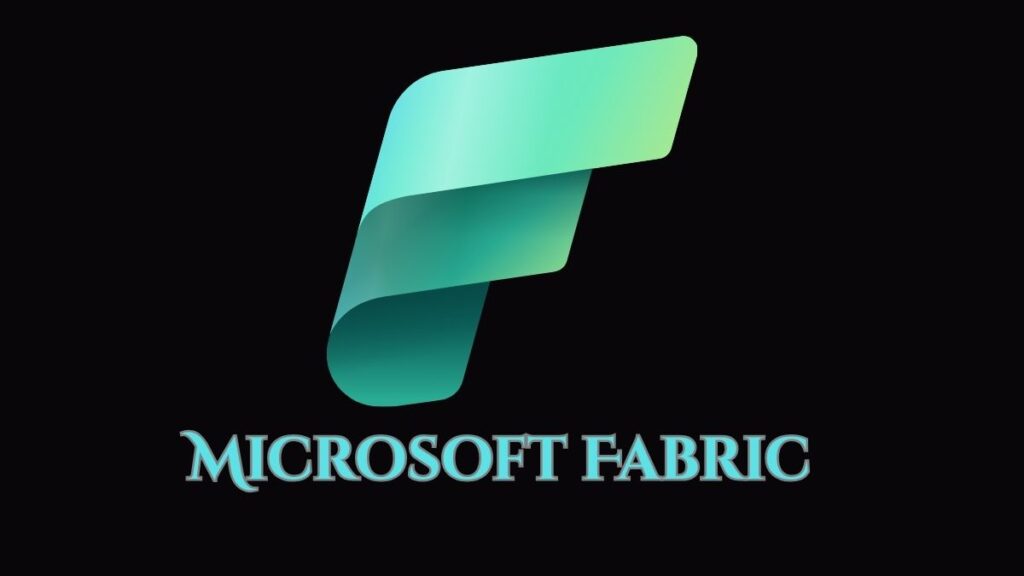Microsoft Fabric is a business-ready, complete analytics platform offered by data modernization services designed to solve fundamental business challenges. Businesses today are continuously focused on leveraging the potential of advanced analytics and big data to gain insights that can accelerate business strategy.
In today’s data-driven world, Microsoft Fabric, an end-to-end platform, is transforming how companies collect, analyze, and manage data. In this detailed guide, we’ll discuss the key details of Microsoft Fabric, explaining features, benefits, and how businesses solve their challenges.
Understanding Microsoft Fabric
Microsoft Fabric is a pioneering service in Microsoft’s data and analytics domain. It is a platform that encourages businesses to make more data-driven decisions and handles the entire data lifecycle, from data ingestion to insights consumption.
Adopting the twin features of Microsoft, AI, and Azure, Microsoft Fabri’c is more than a data platform; it’s a 360-degree solution for enterprises across all industries. By introducing Microsoft Fabric, businesses can harness the full power of their data streams, improving operational efficiency, customer experience, and risk management.
The Key Features of Microsoft Fabric
Microsoft Fabric is a multi-dimensional platform, and it’s crucial to understand its key features to appreciate its value, which includes:
● Complete Analytics Platform
‘Microsoft Fabric can offer a completely managed analytics platform. It has built-in data and AI capabilities and provides a comprehensive predictive, descriptive, perspective, and diagnostic analytics solution.
● Open Architecture & Lake Centric
Microsoft Fabric’s architecture is built on open-source technologies. It is based on data lake storage, affirming that users can process and access huge volumes of data with lower constraints.
● Enabling Teams Across the Enterprise
With democratized access to data and a user-friendly interface, Microsoft Fabri’c allows teams, regardless of their technical background, to participate in the analytics process and gain meaningful business insights.
● Integration with AI
The effortless integration with AI offers Microsoft Fabri’c users the potential to gain valuable insights from unstructured and structured data, encouraging them to make intelligent decisions in real time.
● Cost Efficiency
The platform is built with unified powers, allowing users to scale their analytics resources to align usage patterns, which can lead to major cost savings.
Customized Workloads for Unique Needs
Microsoft Fabric is designed to handle various workloads, ensuring the platform’s relevance across numerous business sectors. Here, we’ll discuss a few customized workloads Microsoft Fabri’c offers.
● Data Factory
Azure Data Factory manages data pipelines and allows users to manage and compose ELT, ETL, and data integration tasks.
● Synapse Data Engineering
Previously known as Azure SQL Data Warehouse, this workload is a major component within Microsoft Fabric for analytics, merging data warehousing, and big data capabilities.
● Databricks for Big Data Analytics & Data Science
Integrating Databricks in Microsoft Fabri’c lets data engineers and scientists collaborate within an interactive workspace, enabling innovation and driving data-driven projects.
Key Organizational Benefits of Microsoft Fabric Integration
Businesses considering the integration of Microsoft Fabri’c have the edge to get various organizational advantages. These include:
● Enhanced Scalability & Performance
By using Microsoft Fabric Services, companies can get high-performance analytics while seamlessly scaling their resources to fulfill the demands of their increasing data sets.
● Extensive Security & Compliance
The platform has best practices and advanced security features, ensuring compliance and data integrity with global data regulations.
● Increased Innovation & Agility
Businesses can instantly adapt to transforming market conditions and deploy new analytics solutions, creating an environment of ongoing innovation.
● Simplified Governance & Management
The platform streamlines data governance and management, providing centralized oversight over data usage and access.
● Ideal Cost Management
The unified integration with Azure services and the capacity model of this platform allows companies to enhance costs based on real usage, ultimately increasing their ROI.
By incorporating these perks into their operations, businesses can obtain a competitive edge using Microsoft Fabric.
Conclusion
In a rapidly expanding business marketplace, the ability to use data effectively is a major factor in a business’s future growth. Microsoft Fabric is a comprehensive solution that encourages organizations to gain valuable insights from their data efficiently and at a scale.
The journey of Microsoft Fabri’c starts when data becomes your power, and insights make the path to innovation. Businesses should adopt Microsoft Fabri’c to free themselves from the problems of complex proprietary systems.







